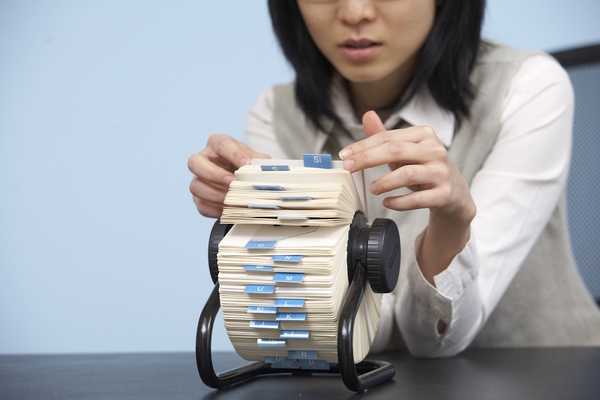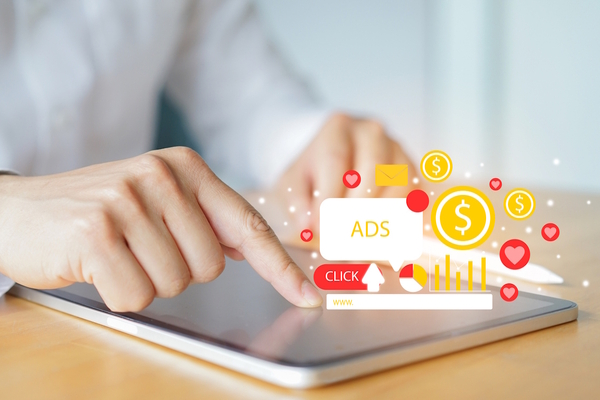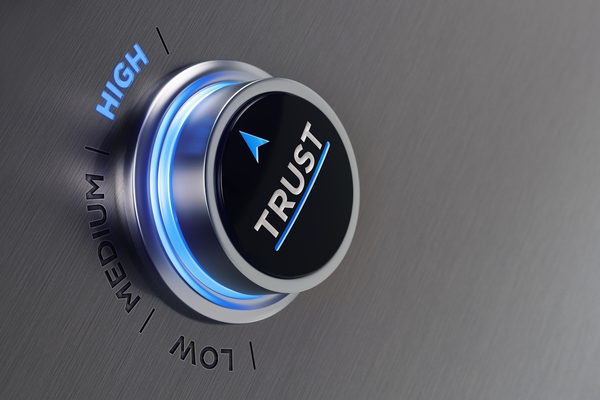Customer service versus customer experience: why both matter
Sponsored by ColumbusCustomer service focuses on customer-facing teams. Customer experience refers to the overall customer journey. Both equally contribute to business success

Customer service and customer experience (CX) are two terms that most people say they know the meanings of. Yet they’re two terms that often get used interchangeably, when they’re actually different things. But they are related, and you can’t excel in one without excelling in the other.
What is customer service?
Customer service is how you support your customers when they experience an issue or have a question about your services, products or brand. The better this level of support, the better your customer service.
Some ways you can improve your customer service include:
- Increasing speed of service – this could be how quickly you respond to and solve a customer’s issue
- Investing in your employees – by paying for training you can make sure your employees are better equipped to handle a wide range of customer issues
- Develop more patience with your customers – this helps you figure out what your customer wants and how you can provide them with excellent service, rather than rushing them out the door
- Accommodate your customer’s needs – your website is one of the first impressions a potential customer will get of your company. Effective e-commerce website design boosts conversions and builds your brand’s credibility
Customer service revolves around your customer-facing teams, such as your salespeople, customer service representatives and employees in physical stores. Although more companies are using AI and chatbots to supplement their customer service, human-to-human contact is still important for great service.
What is customer experience?
CX is about the customer journey. It involves all interactions, such as searching for products on your website, reading blog posts, completing a transaction and using your product or service.
Here’s an example of a customer journey:
- A potential customer searches for “best refrigerators 2022” and comes across one of your blog posts: “Top 10 fridges you can buy in 2022”
- They click on the post and read it. A few of the recommended blogs catch their eye but they’re not ready to make a purchase yet. The potential customer wants to know more about your company first
- They decide to head over to your case studies and read a few client testimonials
- The potential customer wants to know more so they reach out to your company via the live chat function
- After discussing their inquiry, your agent schedules a demo to show the potential customer a little more about your company’s services
- The customer is very happy with the demo and requests a pricing quote
In this example, the customer had multiple touchpoints with the company. Not all of them were human-to-human interactions or required input from a customer-facing department. Although the quality of service is crucial, you must also ensure each touchpoint of the journey is linked to each other to cater to different customer needs and outcomes.
After all, different customers will think, want and do different things. So you must offer them a variety of steps (touchpoints) to choose from.
Three key differences between customer service and customer experience
Reactive vs proactive
Customer service is reactive while CX is proactive. This is because customer service is almost always initiated by the customer. For example, if they have a question about your products, they’ll reach out to you and will await your response.
CX, on the other hand, is about anticipating customer needs and actions. Data from interactions and touchpoints can be analysed to create improvements before your potential customers run into problems.
Isolated incidents vs ongoing relationships
Customer service usually revolves around a specific event such as a customer request, query or complaint. While it may contribute to the overall customer experience, this event is usually isolated, meaning you can measure it using a variety of metrics, such as first-time fix rate, response time and customer satisfaction surveys.
Customer experience, however, isn’t as easily quantified because it’s not about a single interaction/event. Various things may cause customers to continuously return to your company and if they do keep coming back, their CX continues.
A customer interaction vs the customer journey
Customer service usually only involves a couple of touchpoints before the customer’s issue is resolved, whereas CX encompasses a range of touchpoints that may or may not involve sales or customer service reps.
To summarise, customer service and customer experience don’t operate in silos – they’re both a key part to your business’s success. Offer great customer service and you’re on your way to creating an excellent customer experience. And an excellent customer experience often also includes great customer service.
In our guide, we dive deeper into how you can improve your customer service and create a winning customer experience strategy. Download it today by clicking here.
By James Moses, Head of Commerce Projects, Columbus

Business Reporter Team
Related Articles
Most Viewed
Winston House, 3rd Floor, Units 306-309, 2-4 Dollis Park, London, N3 1HF
23-29 Hendon Lane, London, N3 1RT
020 8349 4363
© 2025, Lyonsdown Limited. Business Reporter® is a registered trademark of Lyonsdown Ltd. VAT registration number: 830519543





